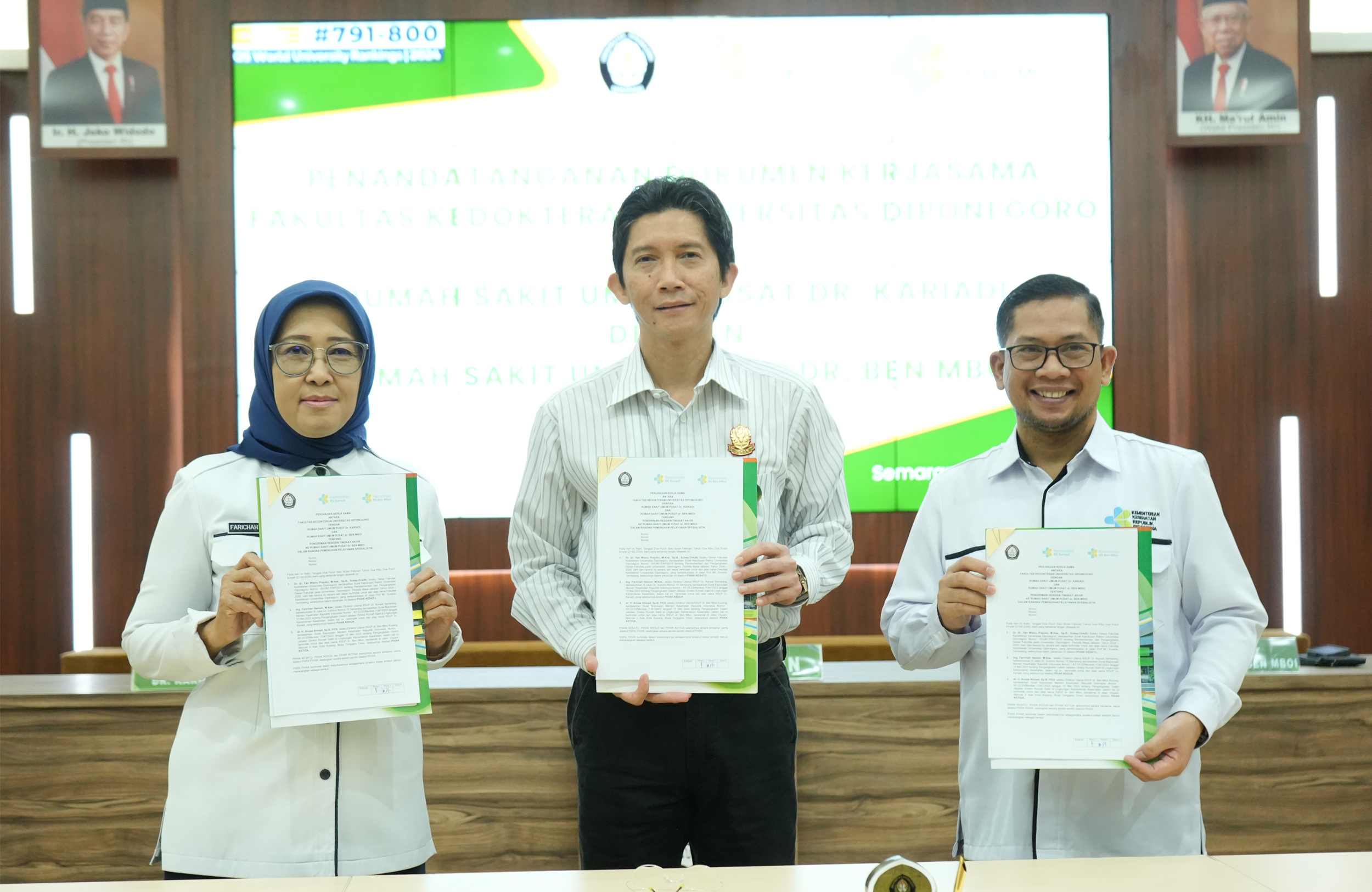SEMARANG – Liquid smoke technology for fishery product processing is believed to be a new trend in the industrial era 4.0 which is able to encourage Indonesian smoked fish products to go global or to enter the international market. The use of liquid smoke technology is also believed to be attracting millennials to become smoked fish consumers.
This is revealed in the presentation of prospective professor from Faculty of Fisheries and Marine Sciences Undip, Dr. Ir. Fronthea Swastawati, M.Sc., in a paper entitled “Liquid Smoke Technology Innovation for Processing Fisheries Products Towards the 4.0 Industrial Revolution in Indonesia”. Present at the Plenary Session of the Undip Academic Senate Professorship Board which was held offline and online on Wednesday (16/12/2020) are Chair of Undip Academic Senate for the 2020-2025 Period, Prof. Ir. Edy Rianto, M.Sc., Ph.D., IPU; Secretary of Undip Academic Senate, Prof. Dr. Endang Larasati Setianingsih, M.S.; Chair of Undip Board of Professors, Prof. Dr. Ir Purwanto, DEA; professors and members of Academic Senate. Moderator of the presentation is Dean of Faculty of Fisheries and Marine Sciences, Prof. Ir. Tri Winarni Agustini, M.Sc., Ph.D.
In her presentation, Fronthea Swastawati, who teaches lecturers at Faculty of Fisheries and Marine Sciences, revealed that liquid smoke is actually the result of condensation from burning materials such as coconut shells, corncob, rice husks, or wood which contain lots of lignin, cellulose, and hemicellulose. Liquid smoke contains phenol and carbonyl compounds which can be used as antibacterial, antioxidant, flavor agent, and preservative. Besides that, it can also be used for processing food products, and as a disinfectant.
Based on research, fumigation using liquid smoke is producing better product quality, processing faster, spending more efficient production costs, environmentally friendly, and avoiding to invest in building a chimney. In addition, the space required for liquid smoke storage is smaller.
The treatment results on catfish fillets showed that the muscle tissue in fish without the addition of liquid smoke nanocapsules is easily damaged and brittle, while the muscle tissue of the fillets with the addition of liquid smoke is more compact. This shows that the addition of liquid smoke nanocapsules brings positive effects on the texture of fish muscle tissue.
Regarding the change in texture, it is related to a decrease in water content which results in a denser texture of the fish due to the influence of carbonyl compounds contained in liquid smoke. The coating material used in this research is alginate.
Fronthea, who graduated from a master program at the University of Humberside, UK, admitted that even though there is liquid smoke technology, traditional smoked fish products may not be displaced. In the traditional generation, the interest in consuming traditional smoked fish is still high, but in the educated generation or new enthusiasts of liquid smoked fish and the millennial generation, it is believed that they accept liquid smoked fish products more.
Interestingly, liquid smoked fish products will be easier to enter the global market because they are more uniform, more durable and have a lower carcinogenic risk. This is very profitable because all regions in Indonesia have smoked fish products.





